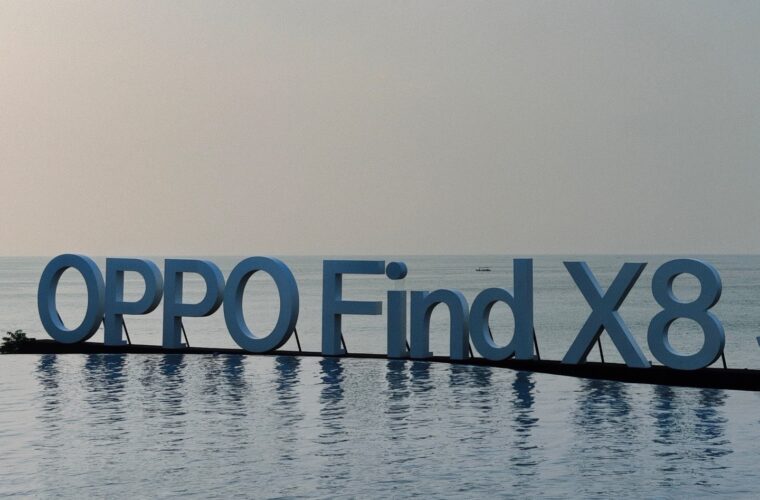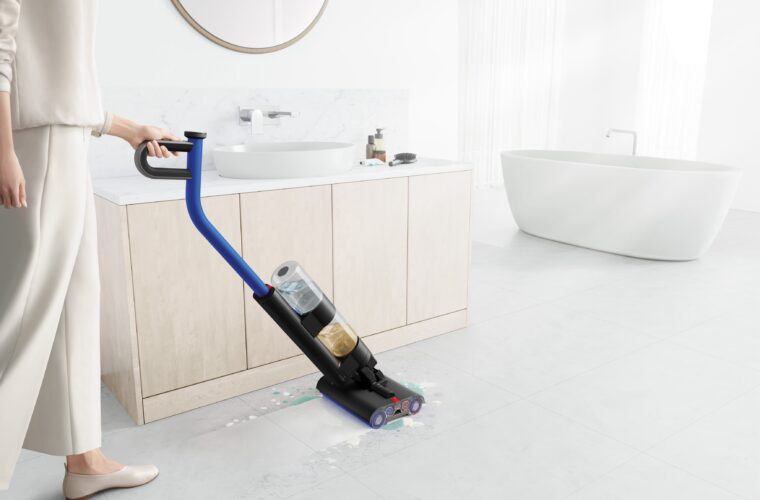Google Pixel 9 review: Smartphone nice to touch and use, but priced wrong
The Pixel 9 is the smallest of the three models unveiled by Google, but it has its reason, despite the fact that the Pro and Pro XL models are more complete and expensive. It will appeal to those looking for a compact solution at a time when smartphone sizes are getting bigger and bigger. But it will appeal most of all to those who will wait a few months to buy it for less than the €899 demanded by Big G at launch, because already at 100 euros less, the Pixel 9 is an excellent phone, with few weak points.
Google’s strategy
In order to understand Google‘s strategy behind the new trio of smartphones, it is necessary to consider that, although it has done everything in-house, Big G is and remains a services company, the core business on which it relies to fill its coffers thanks to Gemini, the AI developed in Mountain View with abundant investment to chase the exploit of OpenAI. With the new life of smartphones based precisely on AI, or rather on what functionalities phones can perform by facilitating people’s activities, Google has cut a fine figure by emerging with its Pixel as a viable alternative to the two high-end brands, Apple and Samsung.
At the same time, however, it is worth remembering that Google’s AI experience is currently limited by the language availability of the functions integrated into the latest smartphones and European regulations with which all US companies have to contend. This means that several AI-related options are not available in Europe for the time being, thus reducing smartphones’ potential and the related user experience. However, it is a matter of time before the impasse is broken, and a solution must be found that satisfies all parties.
Google Pixel 9
This is an important aspect when one goes to buy a €900 smartphone, such as the Pixel 9. That convinces in design, display, and photo and video qualities but suffers in comparison with the Pixel 9 Pro and Pro XL, which offer a more complete set-up for an extra 200-300 euros. The look and feel of the Pixel 9 are very good, as taking the device in your hand, you can feel the quality and robustness of the materials, with the rear side characterised by the horizontal camera block that is a little protruding but very recognisable thanks to its shape and colour. The 6.3-inch diagonal allows for one-handed operation of the phone, with a 120 Hz screen that stands out for its clarity even in bright sunlight.
The images and films it returns are not surprising because, in recent years, Google has done an excellent job in handling shots, particularly in the processing of photographs, which return calibrated colours, even if there is sometimes a bit of overexposure at night. The 50- and 48-megapixel rear dual lens allows even those who know nothing about photography to take good photos, although a more pronounced zoom (exclusive to the other two models) is lacking to push on details and portraits.
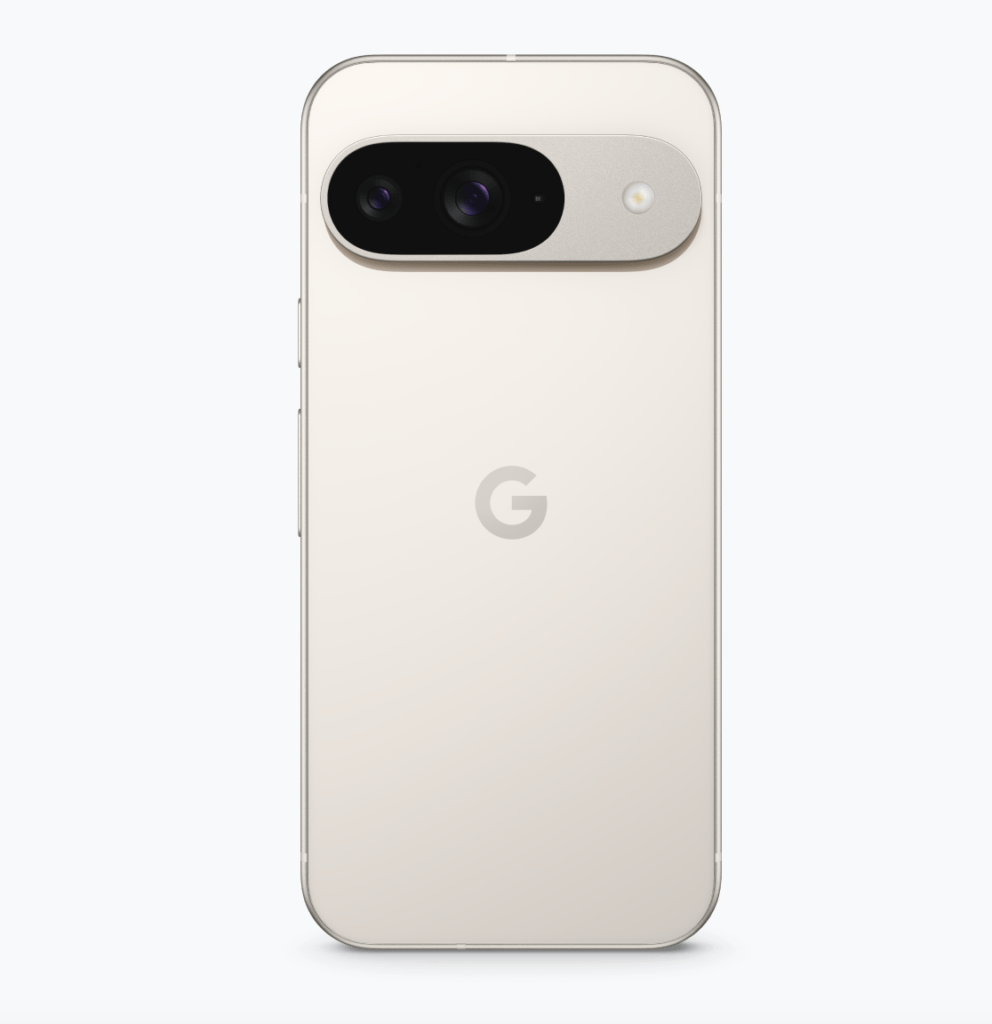
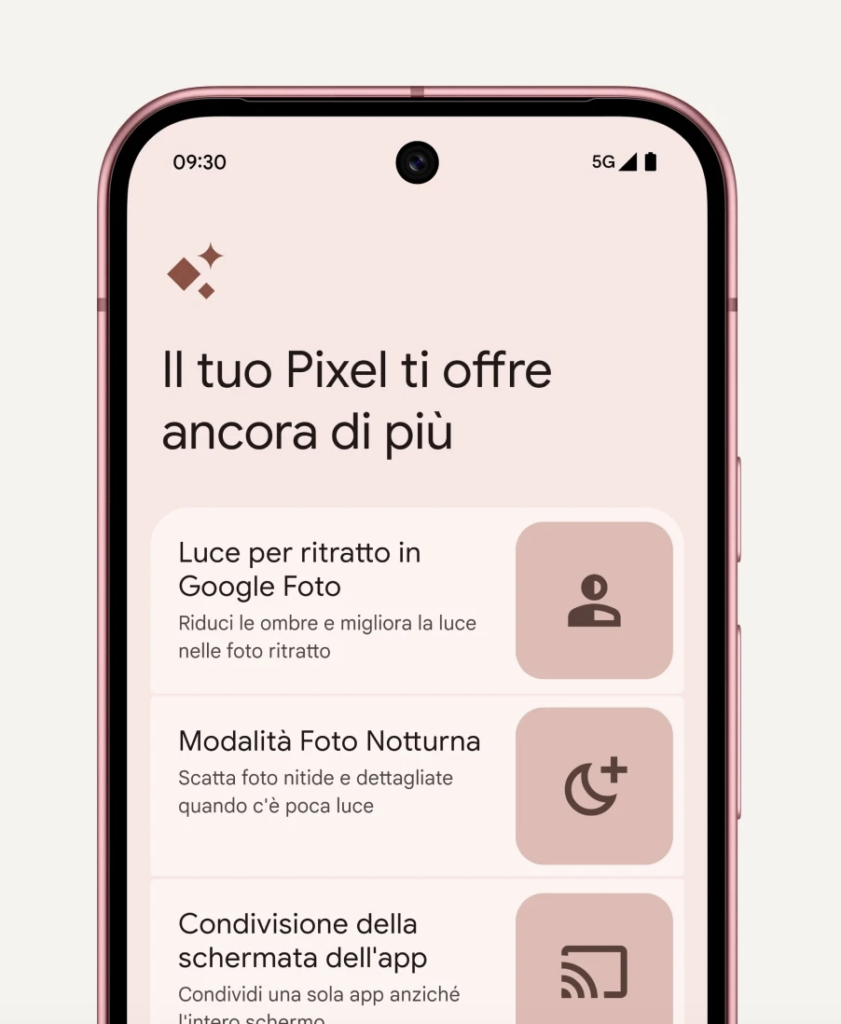
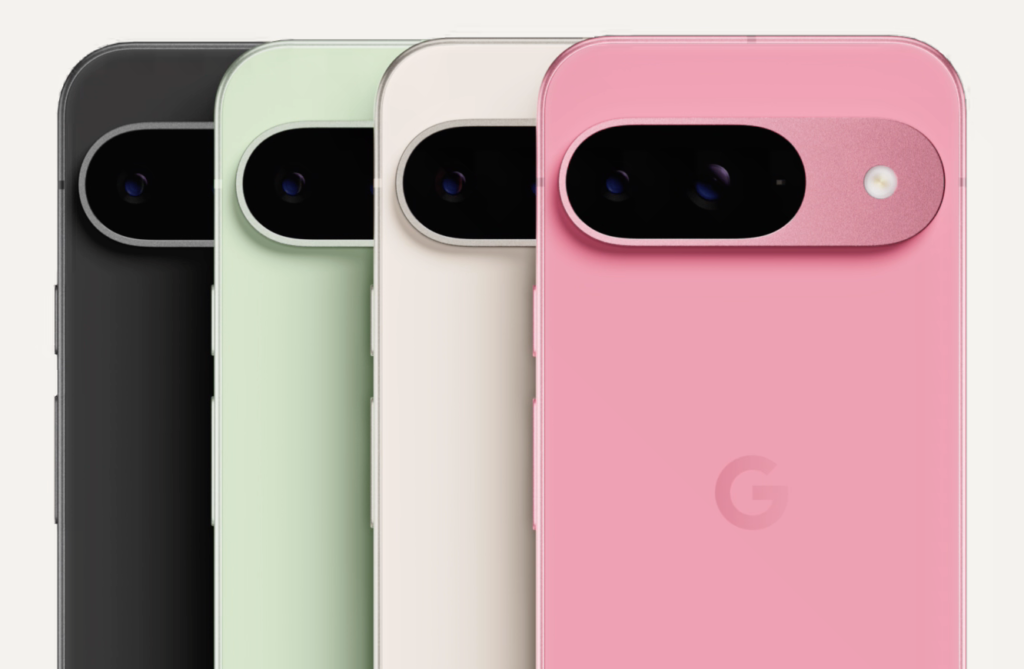
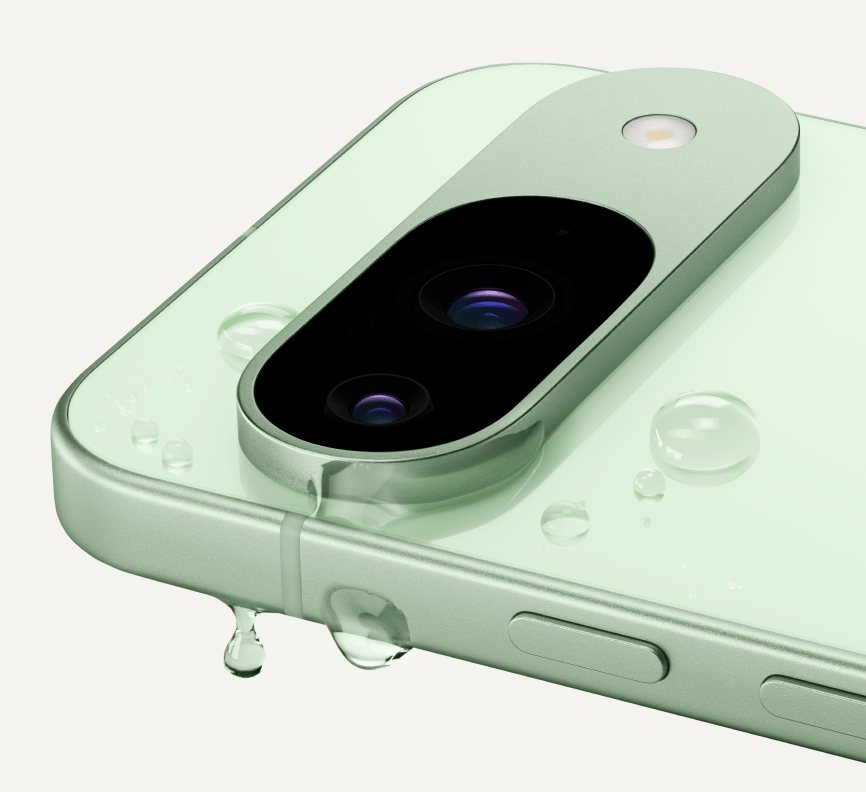
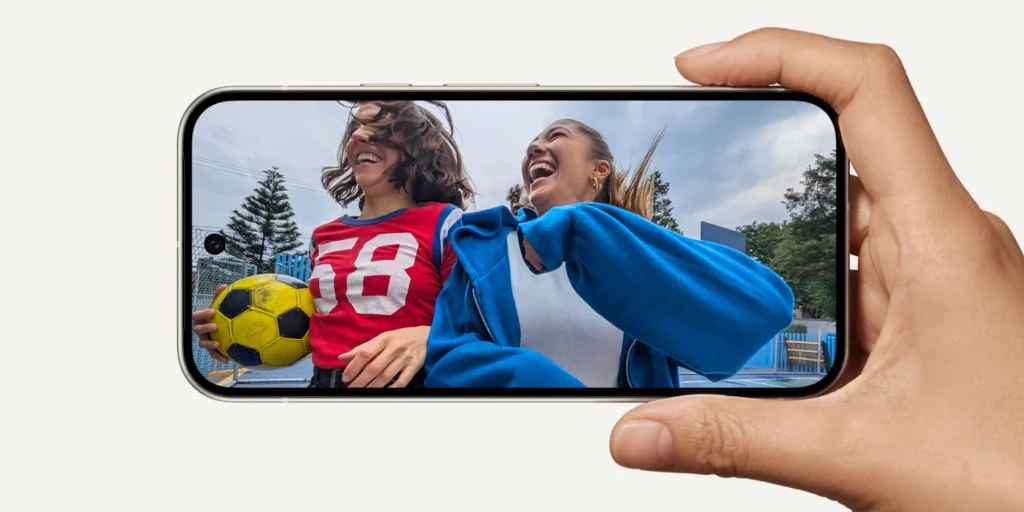
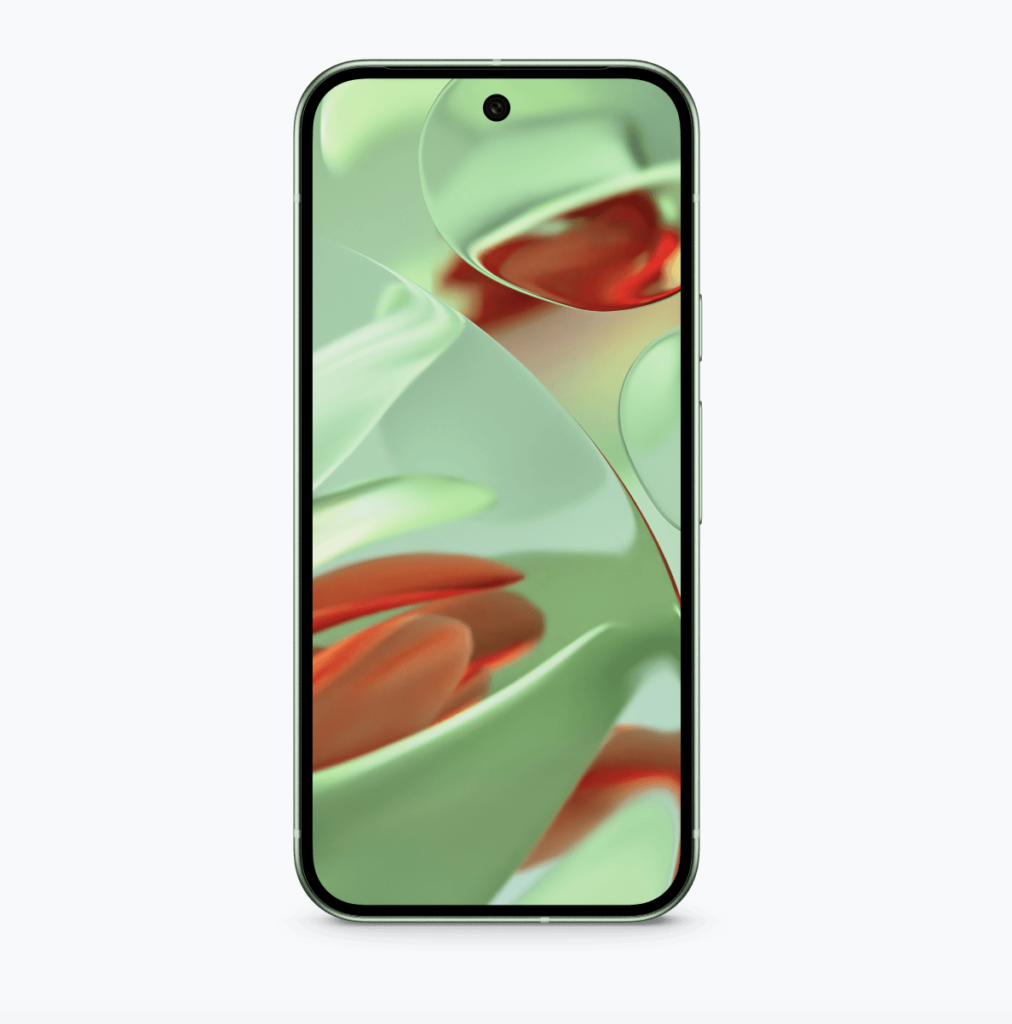

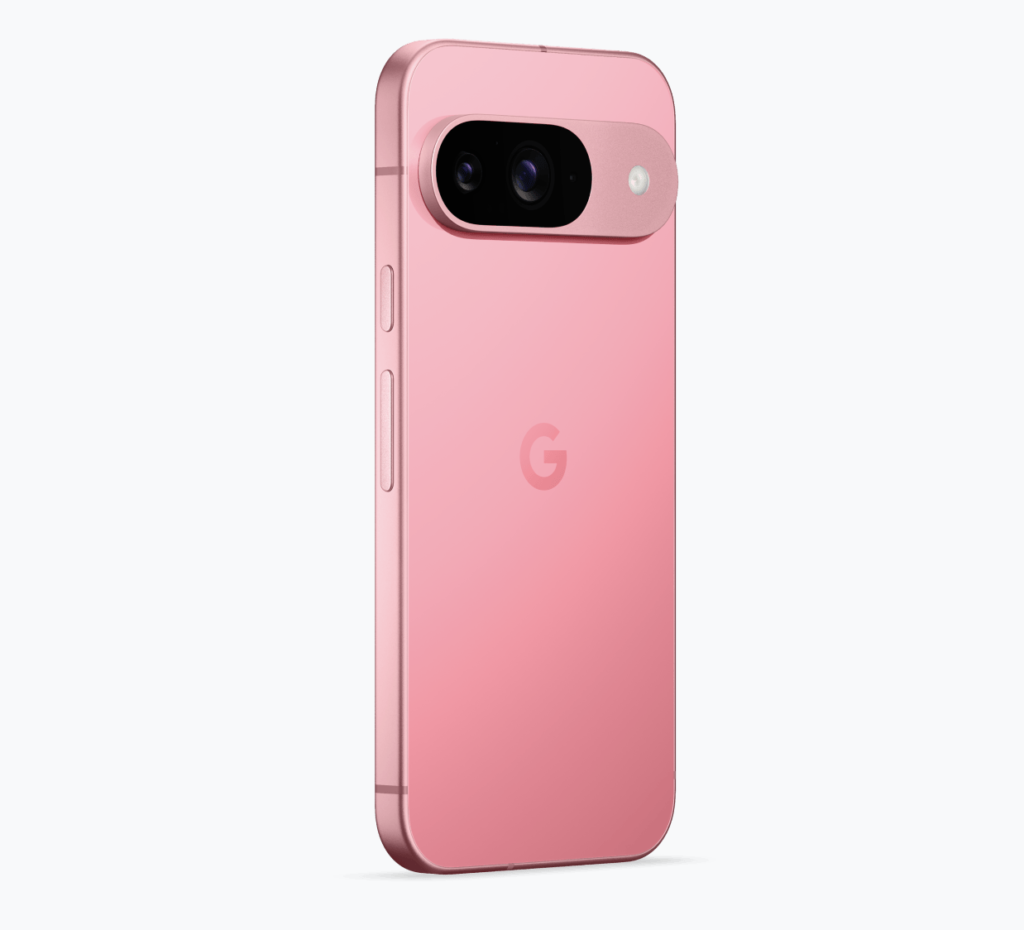
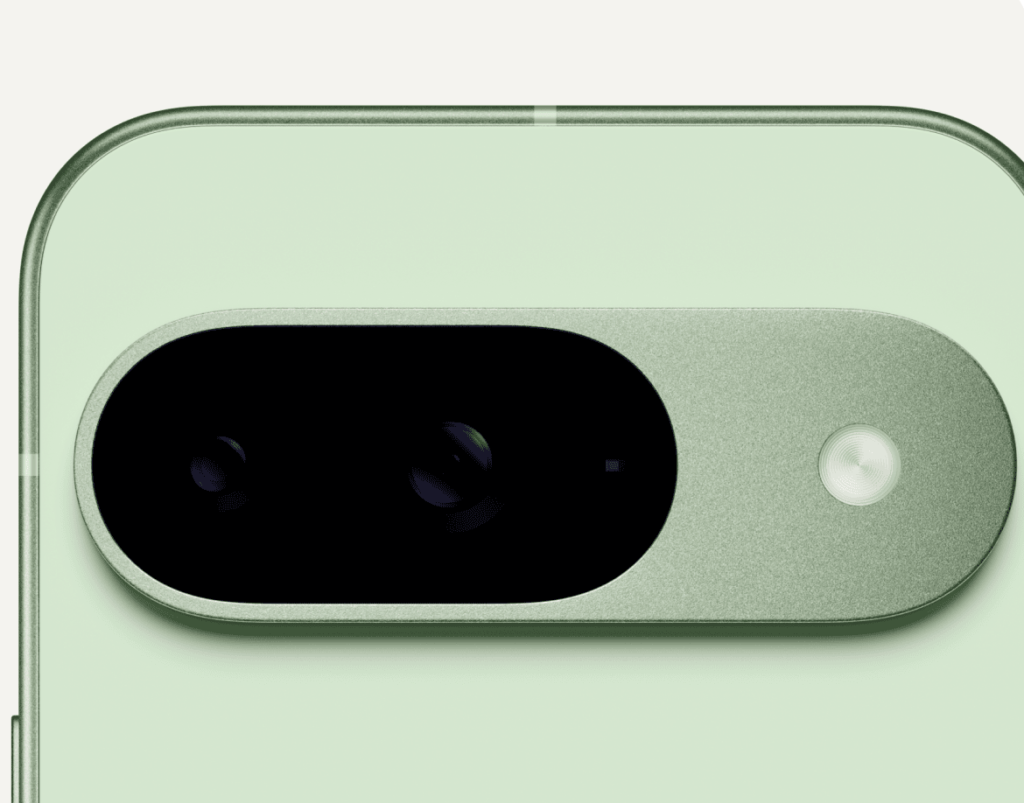
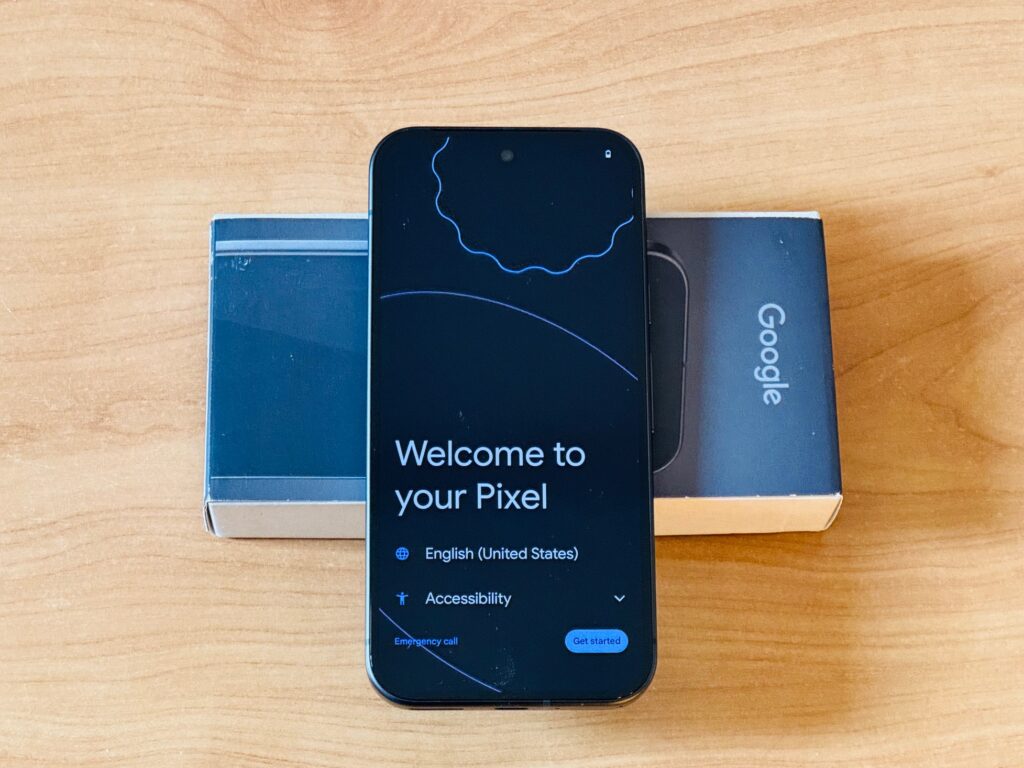
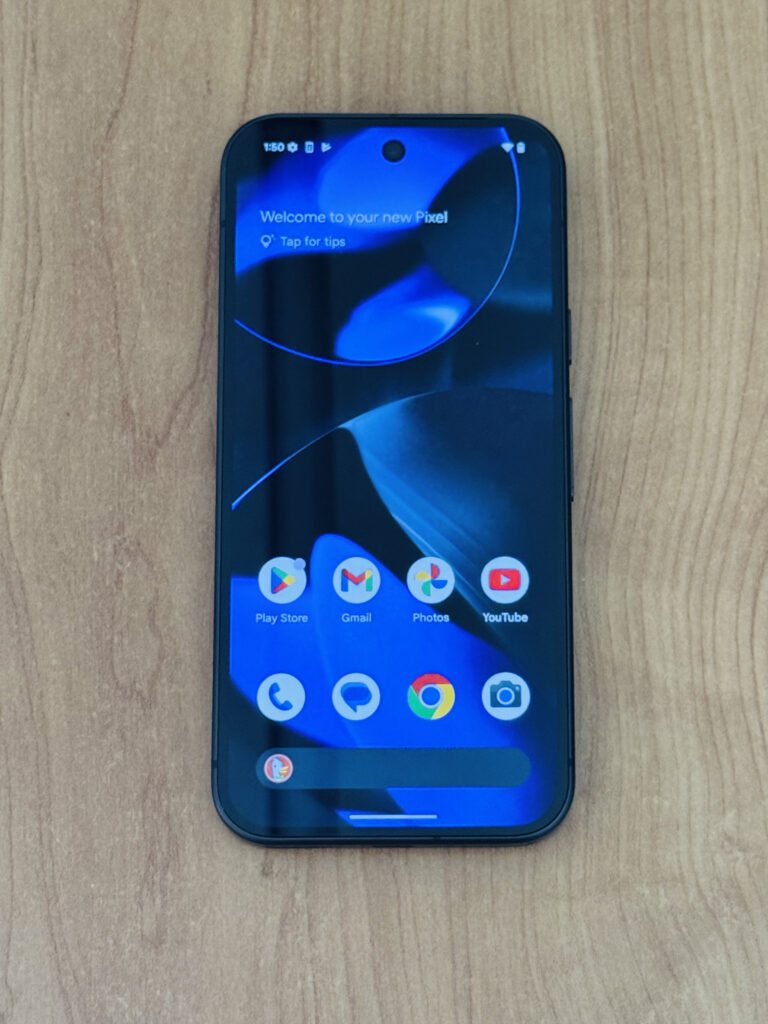
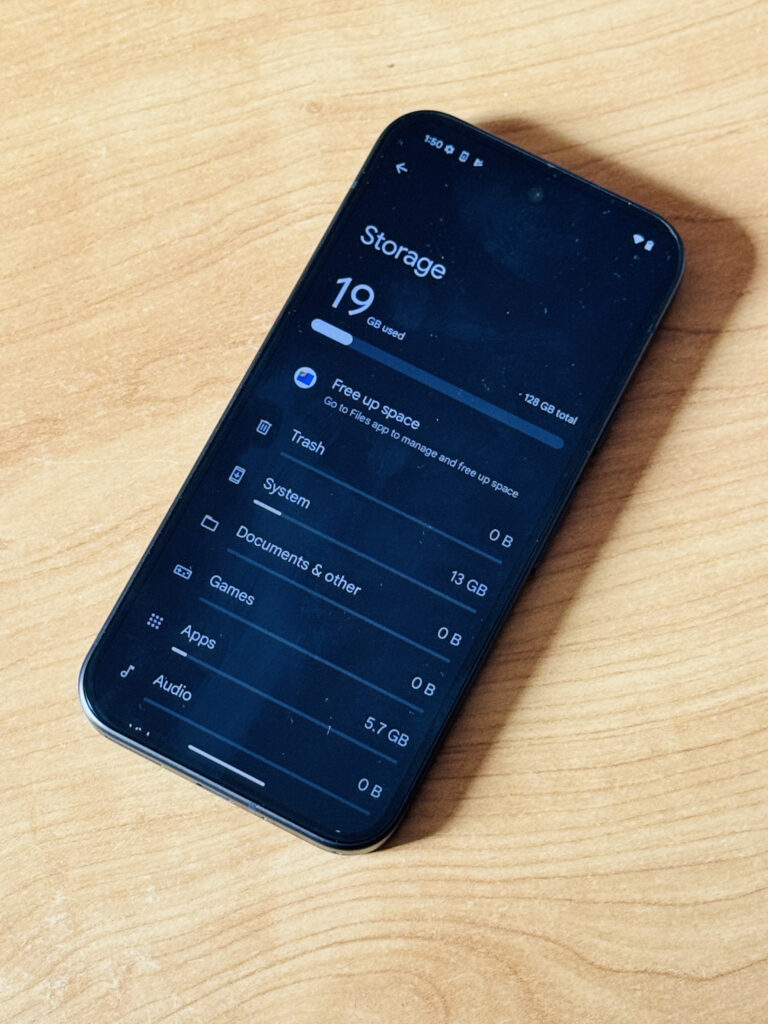
Strengths and limits
The 4,700 mAh battery is enough to finish the day even if the Pixel 9 is strained between browsing, videos and gaming sessions. At the same time, charging is a little too slow when compared to the solutions offered by Chinese competitors. Obviously, the charger is not included in the box, where a cover is also missing, and there is only the USB-C cable. Google’s uniqueness is confirmed in the guaranteed support, with 7 years of OS updates and security patches, a period that no other manufacturer has yet matched.
On the other hand, however, Big G continues to market the 128GB version, which is insufficient for storing photos and videos over the long term, also because, subtracting the space occupied by the system and pre-installed apps, the memory available from the outset oscillates between 106-109GB. Google does this because, in this way, it forces users to pay to expand the storage space via Google One AI (€21.99 per month), which combines 2TB with the availability of Gemini Advanced on some of Big G’s services, such as Gmail.
The ability to rely on transcription of conversations and the options for editing images, such as Magic Editor and Add Me, which includes the author of the shot in the photo even though it was originally absent, are convenient functions, although they only partly demonstrate how AI can change the user experience and thus the greater usefulness of the smartphone.
Available in Peony, Wintergreen, Porcelain, and Obsidian, the Google Pixel 9 starts in Europe at €899-919 for the 128GB version and €999-1,019 for the 256GB configuration. This is an unfavourable price because, for 100 euros more, you get the Pixel 9 Pro, which differs by adding the 48MP phablet and a better 42MP selfie camera (10.5MP for Pixel 9). The advice is to wait for the first price drop when Pixel 9 will be one of the best value-for-money purchases.

